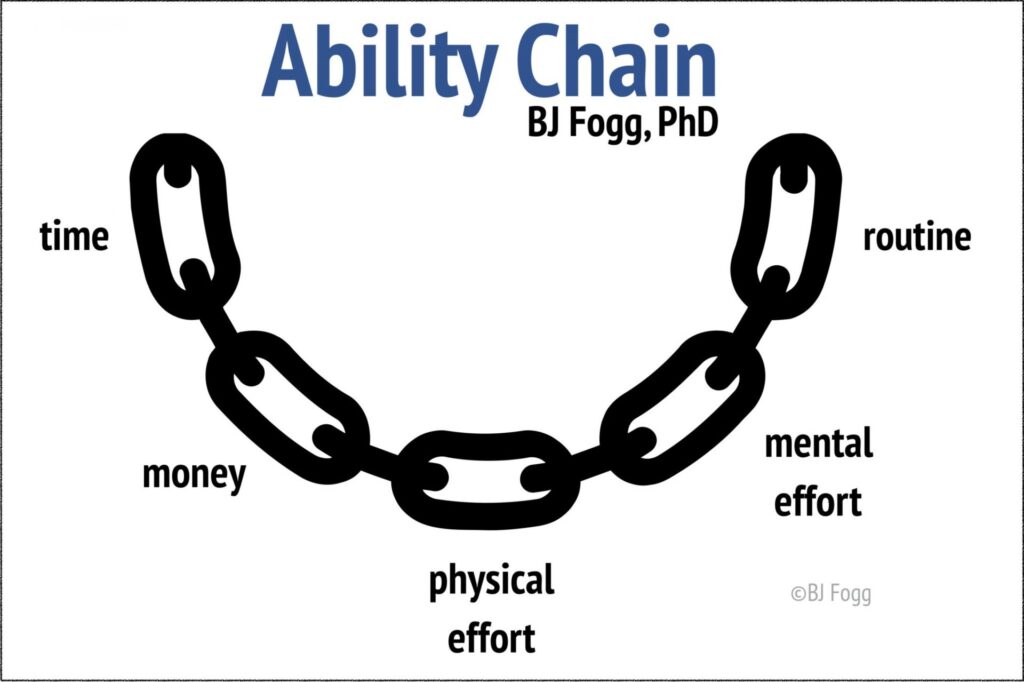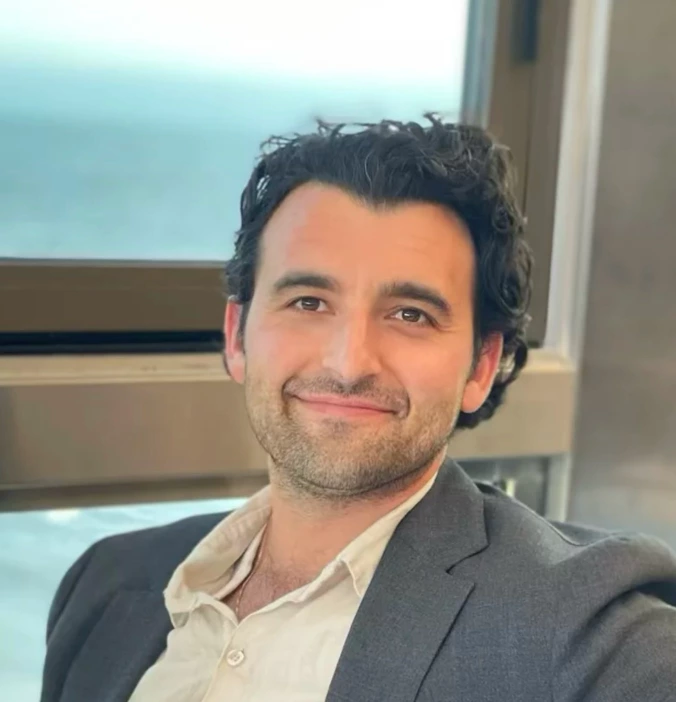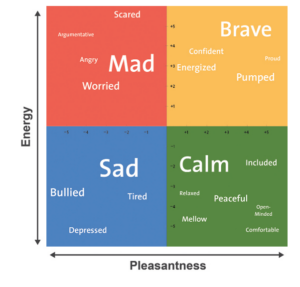Another New Year has arrived.
I tend to experience new beginnings as both exciting and frightening. Some parts of me are rejoicing about what is possible and other parts of me are expressing doubt based on evidence of how I have fallen short of my ambitions in the past.
The quicksand trap is choosing to believe that either one of these stories is more right, correct, or important than the other. The more you fight against quicksand the more it pulls you in. The more you try to pull your fingers out of a chinese finger trap, the tighter the hold becomes. In both of these examples, the answer is acceptance first. Not toleration nor resignation but acceptance. Acceptance is the act of “taking completely, in the moment, without defense.”
“Willingness and acceptance mean adopting a gentle, loving posture toward yourself, your history, and your programming so that it becomes more likely for you simply to be aware of your experience, much as you would hold a fragile object in your hand and contemplate it closely and dispassionately.”
Steven C. Hayes, p. 45
I believe that the hardest and most important aspect of behavior change is self-acceptance. One of the paths in pursuit of self-acceptance and behavior change is being inquisitive of yourself. This personal inquiry is very challenging because it is a process rooted in “being,” as opposed to “doing.”
“Being” refers to how you observe, examine, and relate to your patterns of thinking, feeling, and behaving.
“Doing” refers to the goals, projects, and tasks that you pursue.
Most of us are habituated to prioritize “doing” over “being” because “doing” tends to be more straight-forward and as a culture, particularly in America, we tend to bias “doing” as a more productive use of time.
Most advice and recommendations for building new habits or untangling old ones over indexes on strategies and tactics for “doing.”
Therefore, in this post, I will be sharing with you five coaching questions that I have collected from other methodologies, thought-leaders, and researchers that will help you to invest in the “being” part of your process to intentionally, successfully, and sustainably grow into your desired future self.
1. If I could wave a magic wand and get myself to do any behavior that would help me to ___ what would it be?
This question comes from BJ Fogg’s Tiny Habits. He refers to this question as “Magic Wanding.” “Magic Wanding” is an important starting point for two reasons:
- It guides you to tap into your inner dreamer. Accounting for realistic limitations, constraints, and expectations is important… eventually. But, not before you dream about who you want to become.
- It guides you to distinguish between aspirations, outcomes, and behaviors.
- Aspirations: abstract desires (e.g., be a loving, supportive, and engaging husband).
- “If I could wave a magic want and get myself to do any behavior that would help me to become a more ‘loving, supportive, and engaging’ husband what would it be?”
- Outcomes: measurable–“X by Y” (e.g., finish the first draft of my book by July, 2022).
- “If I could wave a magic wand and get myself to do any behavior that would help me to ‘finish the first draft of my book by July, 2022’ what would it be?”
- Behaviors: “Something you can do right now or at another specific point in time. You can turn off your phone. You can eat a carrot. You can open a textbook and read five pages. These are actions that you can do at any given moment. In contrast, you can’t achieve an aspiration or outcome at any given moment” (pp. 51-52).
- In other words, aspirations and outcomes are lagging measurements; whereas, behaviors are leading measurements. “Your outcomes in life are a lagging measure of your habits.”
- Aspirations: abstract desires (e.g., be a loving, supportive, and engaging husband).
2. What is making this behavior hard to do?
This question and the next also come from Fogg’s Tiny Habits methodology. He refers to this question as the “Discovery Question.” With the “Magic Wand Question” you take inventory of your motivation, and with the “Discovery Question” you take inventory of your ability, i.e., your capacity to perform a particular action and behavior. Fogg’s ability chain is a great filter for effectively answering this question and the next.

3. How can I make this behavior easier to do?
Fogg calls this question the “Breakthrough Question.” I consider the “Magic Wand Question” and the “Discovery Question” to be Self-Awareness types of questions, and the “Breakthrough Question” to be a Self-Regulation type of question. Once you understand what is making the behavior hard to do (time, money, physical effort, mental effort, or routine), you can modulate your thoughts, feelings, and behaviors to more effectively achieve your desired outcome.
Mental effort is what tends to trip me up the most. My tendency is to get easily overwhelmed by what I perceive to be an insurmountable amount of logistics and decisions I would have to make or address to accomplish a task. This is why BJ’s concept of scaling back the behavior or doing the minimum amount to get started are such helpful ways to overcome mental resistance and emotional uneasiness.
For me, when I am feeling too overwhelmed by the prospect of cleaning my up office, this looks like just picking one book up off my floor and putting it on my bookshelf.
4. What am I doing or failing to do that is getting in my own way or keeping me from ___?
I was exposed to a version of this question in both Keegan and Lahey’s Immunity to Change as well as in Heen and Stone’s Thanks for the Feedback. The first three questions I have listed are about the behavior you want to do. These last two questions are about your other behaviors and habits that are undermining your intentions and efforts to change.
Lately, of these five, this is the question with which I have been utilizing the most. Instead of beating myself up for not maintaining enough motivation to do what I said I was going to do or for not achieving the outcome that I had intended, I ask myself this question to help me shift from a state of self-judgmental rumination to a state of focusing on what I can control and do differently going forward.
5. If I am saying yes to this, what am I saying no to?
This last question comes from Michael Bungay Stanier’s The Coaching Habit. He calls this “The Strategic Question.”
“The essence of strategy is choosing what not to do.”
Michael Porter
Similar to the last question, this question, with more observation than judgment, helps me to shine a light on what I am actually committed to doing. I consider the question “what am I doing or failing to do that is getting in my own way or keeping me from ___” to be more of a self-reflection question, and I use “if I am saying yes to this, what am I saying no to” as a self-regulation strategy.
Specifically, I have been using this question as part of my own self-talk strategy to keep me on track and hold me accountable to my longer term goals and core values above my tendency to jump ship and procrastinate with activities that fill me up in the short term. These activities usually include streaming new/old tv shows, browsing instagram, browsing youtube, taking naps, and/or getting swept up in the latest email, article, or podcast episode that caught my attention.
When I find myself tempted to choose the easy change option of pleasing my present self at the expense of my future self, I ask “if I am saying yes to this, what am I saying no to?” This reminds me that by saying yes to these temporary impulses and desires, I am saying no to the kind of person I want to be and the life I want to build.
Remember, the hardest part about following your dreams is that you don’t have to…




